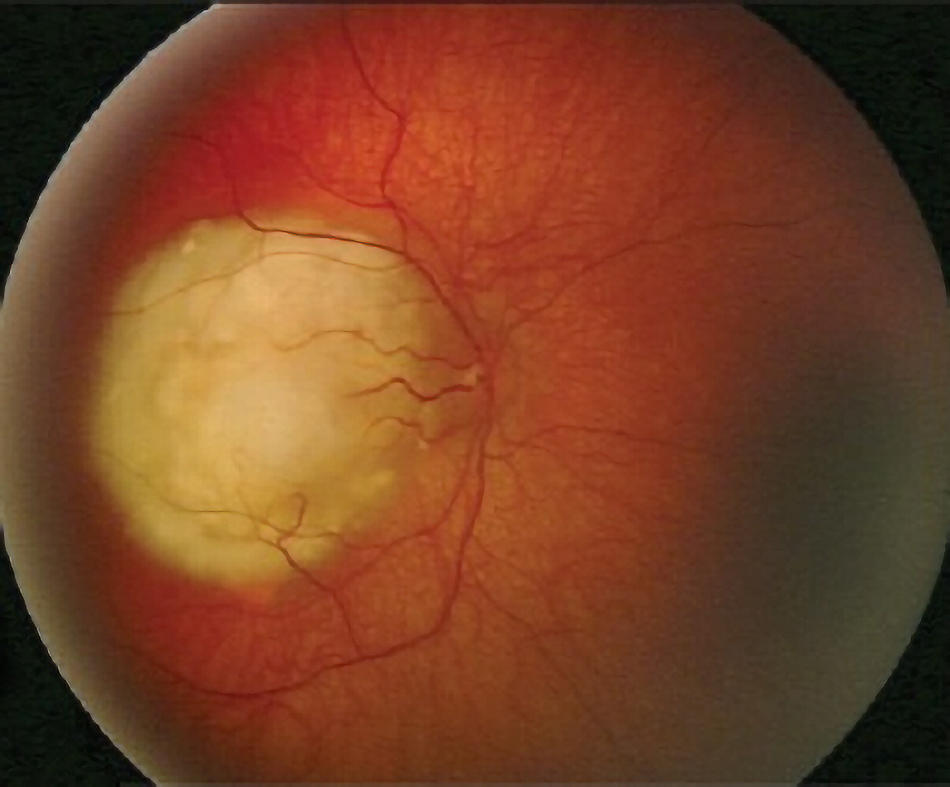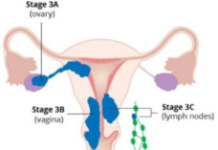, by NCI Staff
In the United States, children who develop an uncommon cancer of the eye called retinoblastoma are likely to survive the disease. The cancer, which occurs most often in children under 2 years old, is curable when diagnosed in its early stages, as it typically is in the United States.
But in low- and middle-income countries (LMICs), where most of the world’s cases occur, children who develop retinoblastoma often have a poor prognosis, and many die of the disease. The reasons for the disparity in outcomes are not clear, but new results from a large observational study provide some clues, according to the study authors.
The study, which surveyed nearly 300 retinoblastoma treatment centers in 153 countries and obtained clinical information on more than 4,300 patients, found that children in LMICs were, on average, diagnosed at an older age and with a more advanced stage of disease than those in high-income countries.
For example, the median age at diagnosis was 30.5 months in low-income countries versus 14.1 months in high-income countries, the Global Retinoblastoma Study Group reported February 27 in JAMA Oncology.
The study also found that children in low-income countries were far more likely to be diagnosed with retinoblastoma that had spread beyond the eye.
In low-income countries, 256 of 521 patients (49.1%) were diagnosed with cancer that had spread from the eye to other parts of the body. By contrast, in high-income countries, 656 of 666 patients (98.5%) were diagnosed with cancer that was confined to the eye, which is associated with a good prognosis.
“We know that children with retinoblastoma from low-income countries have poor prognoses,” said Ido Didi Fabian, M.D., of the London School of Hygiene & Tropical Medicine and Sheba Medical Center (Israel), who led the study. “But I was struck by our finding that the tumor had spread beyond the eye in half of these patients.”
The survey findings—and the network of investigators and physicians that formed during the survey—could inform future studies aimed at addressing health disparities associated with the disease, Dr. Fabian added.
Mapping Cancer Disparities
The research team estimated that their analysis included data on more than half of all children diagnosed with the cancer worldwide in 2017.
Retinoblastoma treatment centers in LMICs had a higher proportion of cancers that had spread to nearby lymph nodes or distant parts of the body than those in high-income countries.
And fewer children in LMICs than in high-income countries had a family history of retinoblastoma, which the researchers attributed largely to the affected children in these countries rarely living to childbearing age.
Based on their results, the researchers proposed that in LMICs the late recognition of signs of retinoblastoma in patients and delays in receiving specialized care for the disease once symptoms have been detected might contribute to the disparity in outcomes reported in the study.
Given that retinoblastoma is curable when caught early, “these data are concerning” and point to the need for strategies to address the disparity, the study authors wrote. More research is also needed to identify factors, other than age at diagnosis, that may be associated with the higher likelihood of advanced disease at diagnosis in LMICs, they added.
“This study is an important effort to map global cancer health disparities for a specific tumor type,” said Satish Gopal, M.D., M.P.H., director of NCI’s Center for Global Health, who was not involved in the work.
“Everyone familiar with global cancer disparities would have expected these results, but the degree to which the stage at diagnosis differed in high- and low-income countries is perhaps surprising,” Dr. Gopal continued. Young children typically are seen by doctors regularly, even in LMICs, he explained, and the changes associated with retinoblastoma can be visible to clinicians without requiring advanced imaging or other sophisticated diagnostic tools.
Because the survey still did not include data on many patients diagnosed with retinoblastoma in 2017, despite the large-scale effort of the investigative team, the results “may actually be a conservative estimate of the disparity between high- and low-income countries, which is already quite astonishing,” said Dr. Gopal.
“It’s possible and perhaps even likely,” he continued, “that patients treated in the treatment centers that did not respond to the survey had even worse stages at diagnosis, and thus worse clinical outcomes.”
In addition, the researchers believe that many children with retinoblastoma in low-income countries never reached a treatment center, and therefore were never diagnosed. “We estimate that most, if not all, of these children eventually would have died of the disease,” said Dr. Fabian.
Creating a Global Network
When children are diagnosed in high-income countries, they receive care from a team of specialists who have experience treating the cancer, preserving a child’s vision, and minimizing the side effects of therapies.
But it can be challenging for LMICs to assemble the multidisciplinary teams needed to diagnose and provide care for children with retinoblastoma, and this may also contribute to the disparities in outcomes observed in the study, the researchers noted.
One of the main goals of this study, Dr. Fabian said, was the creation of the global network of specialist ophthalmologists and pediatric oncologists. “We are better connected now and able to help one another in difficult clinical cases with patient referral and sharing of knowledge,” he said.
Although researchers have long suspected that late diagnoses play a role in the poor outcomes associated with retinoblastoma in LMICs, few studies until this one have looked at the stage of the cancer at diagnosis in these countries.
Indeed, among the biggest challenges of the current research were identifying hundreds of retinoblastoma treatment centers around the world and persuading them to participate in the study, according to Dr. Fabian.
The study started in 2017 with a consortium of retinoblastoma treatment centers in eight countries on three continents. Dr. Fabian and his colleagues in the consortium contacted all known retinoblastoma treatment centers around the world through personal communications, presentations at scientific meetings, and professional organizations in ophthalmology and oncology.
“Eventually, we managed to recruit 278 centers, which made this one of the most geographically comprehensive observational studies in medicine,” he said. “It was quite remarkable to see the global network evolving.”
With the network in place, “I truly think we can now make real changes to improve prognosis and survival rates in low- and middle-income countries,” Dr. Fabian added.










